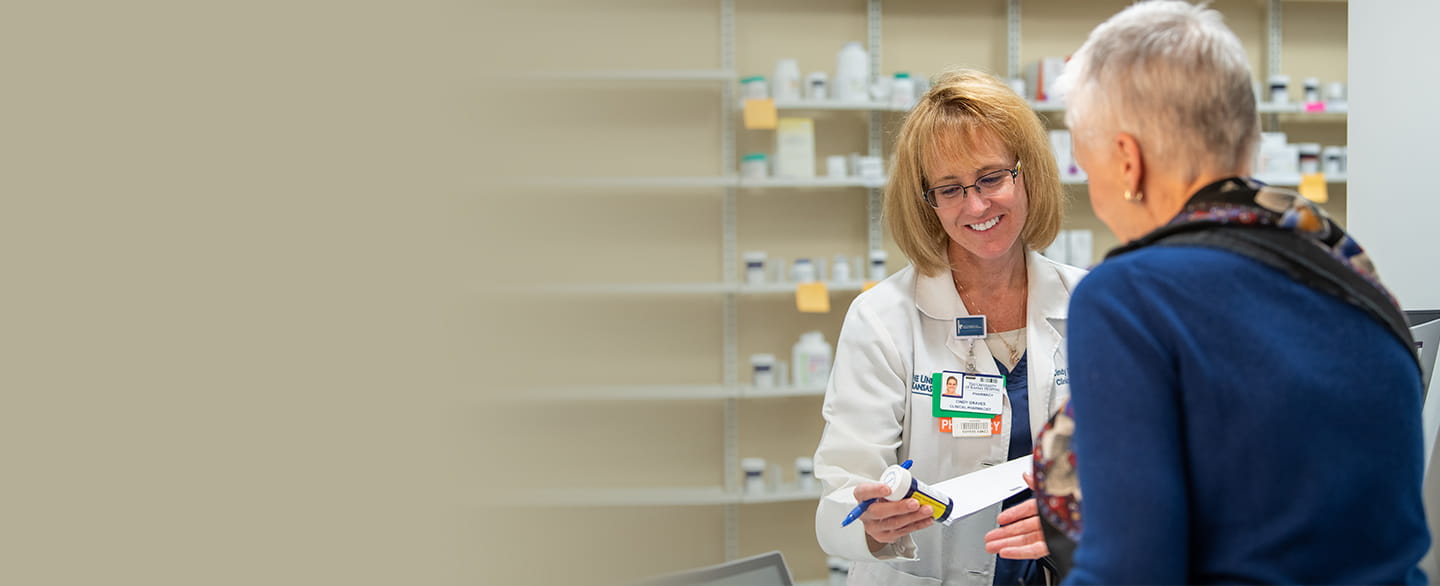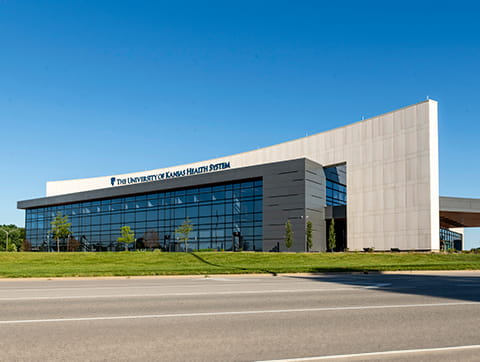
Pharmacy FAQ
It's normal to have questions about your medication. To help provide clarity, members of our pharmacy program answered some of the most frequently asked questions related to pharmacy services, medications and prescriptions..
Refill process
Please visit our Pharmacy Services page for information on refilling medications.
Questions about medications or refills?
Call 913-588-2361 or email myrph@kumc.edu.




